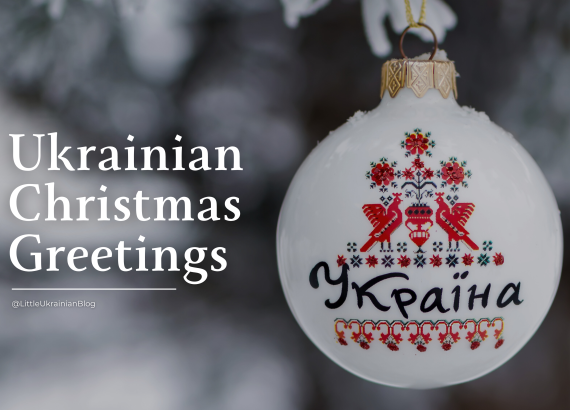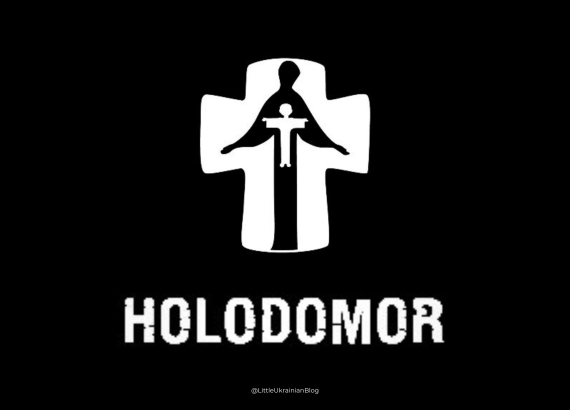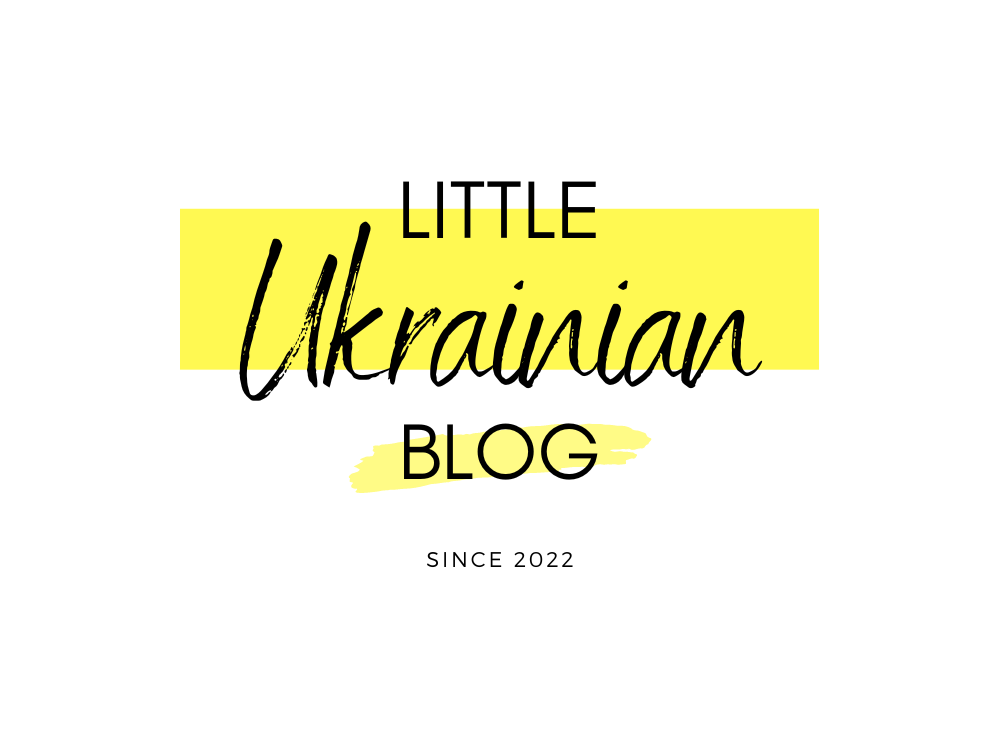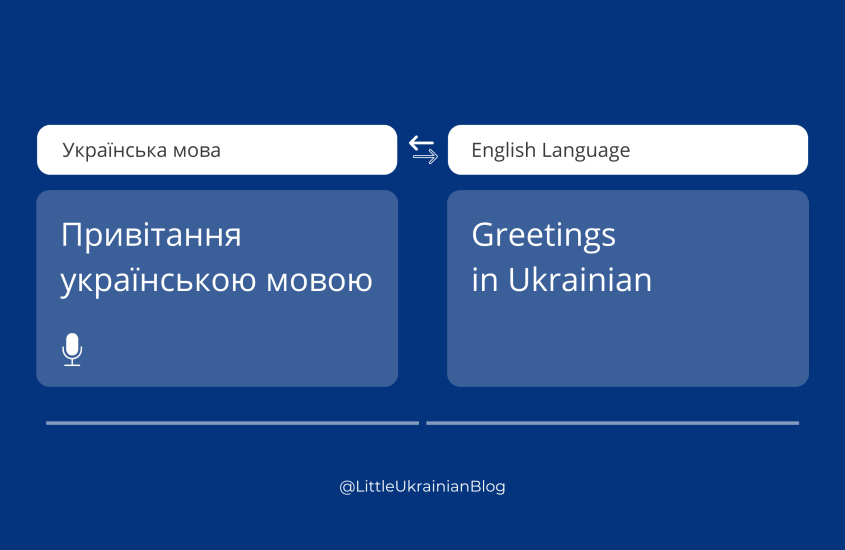The Ukrainian Tryzub (Trident)
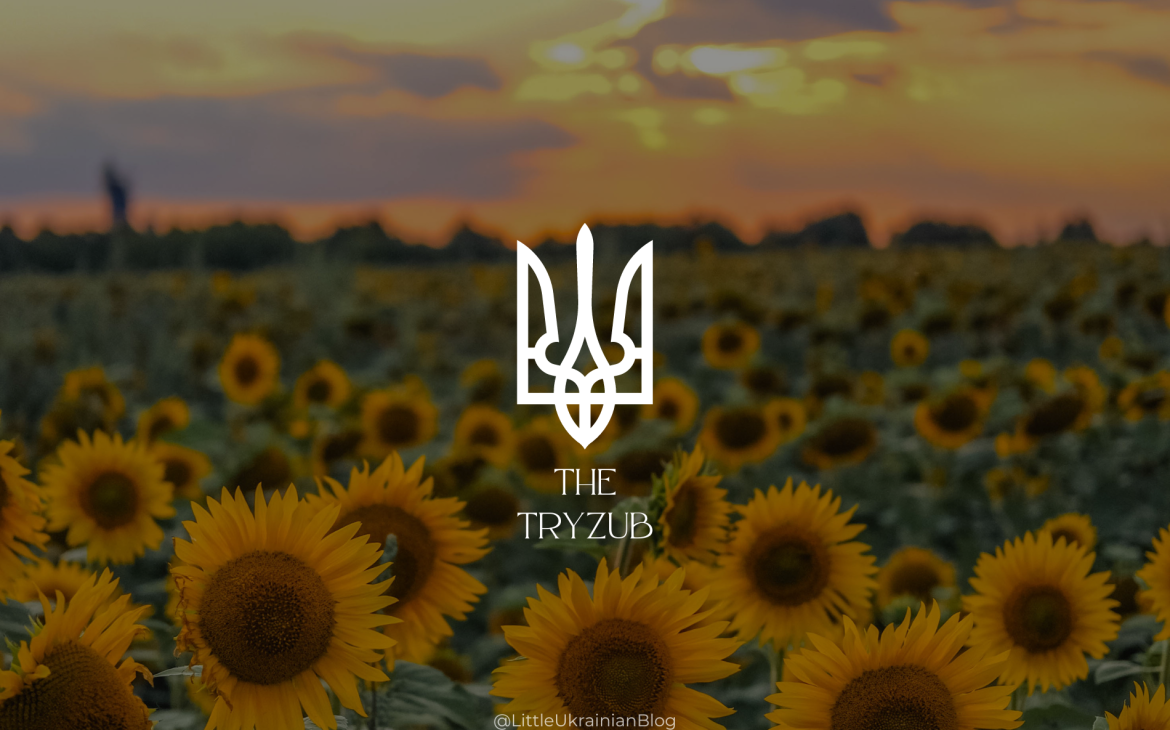
Everyone has seen the Ukrainian Тризуб, but do you know the meaning behind it? For centuries, the Tryzub has united Ukrainians around the world. Its origins date back centuries, and its meaning has evolved over time, reflecting the struggles and triumphs of the Ukrainian people. Read on to discover more.

The History
Історія
The Ukrainian coat of arms is over 1,000 years old. Officially, Ukraine approved the Tryzub as the national coat of arms in 1918. Following this, however, the symbol was banned during the 70 years of Soviet occupation until Independence in 1991.
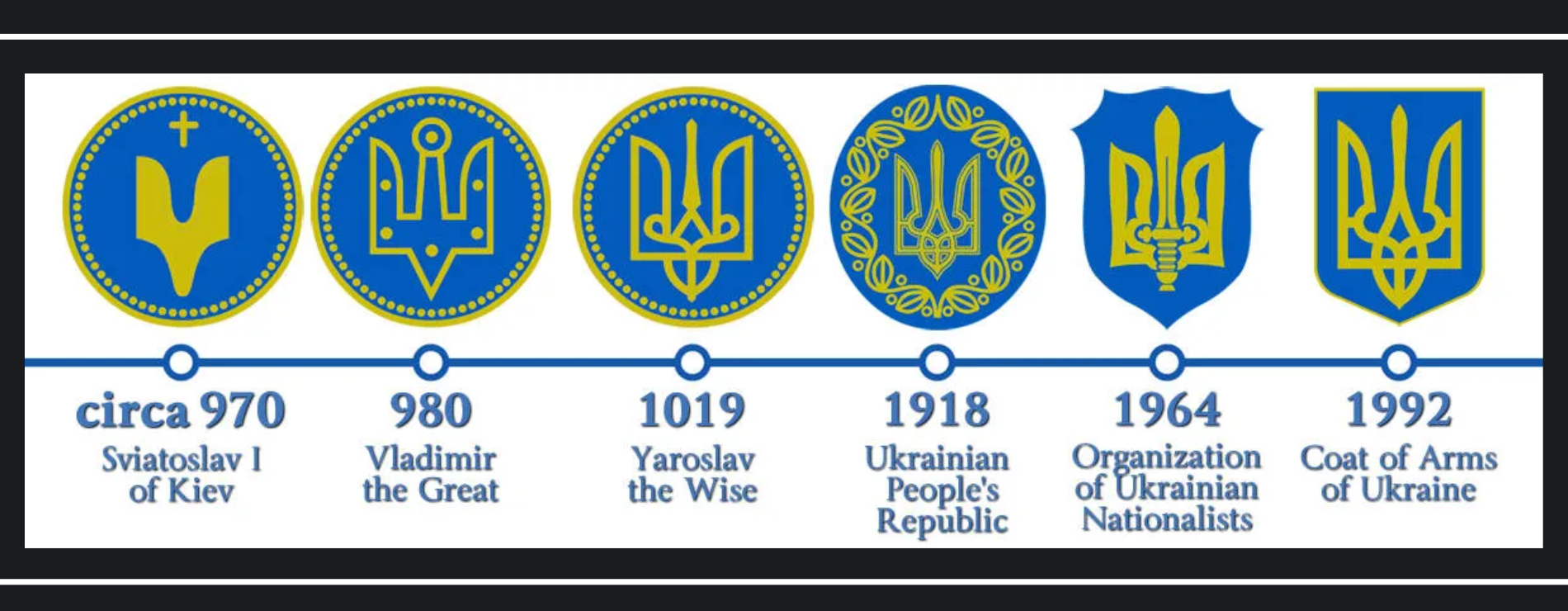
For centuries, the Ukrainian trident has played a huge part in Ukrainian daily life. Prince Volodymyr the Great (980–1015) stamped the Tryzub on gold and silver coins, and it is thought he inherited the symbol from Sviatoslav I Ihorovych. Overall, over 200 medieval variants of the tryzub have been discovered.
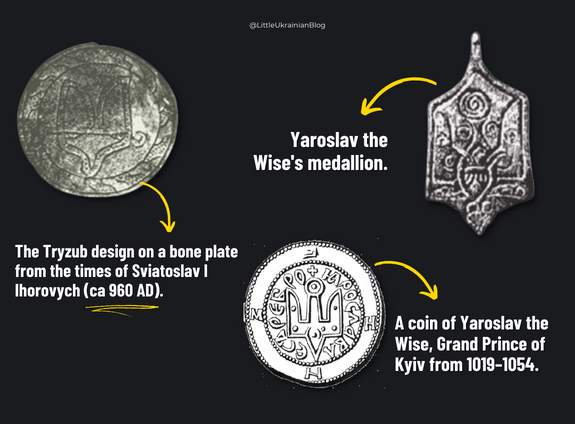
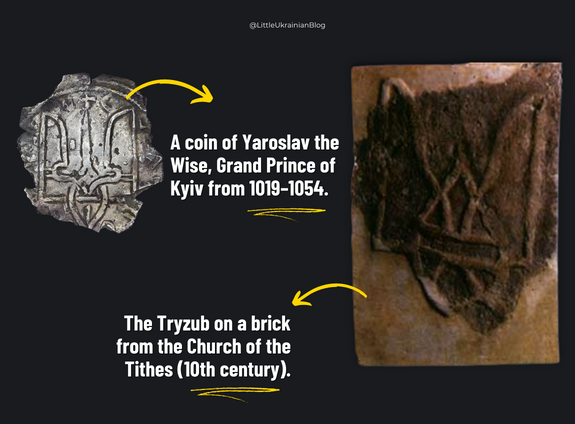

The Meaning
Значення тризуба
There are several explanations as to what the Tryzub may mean, and it is impossible to say exactly! However, the most commonly accepted is that it means ‘Воля’ – freedom.
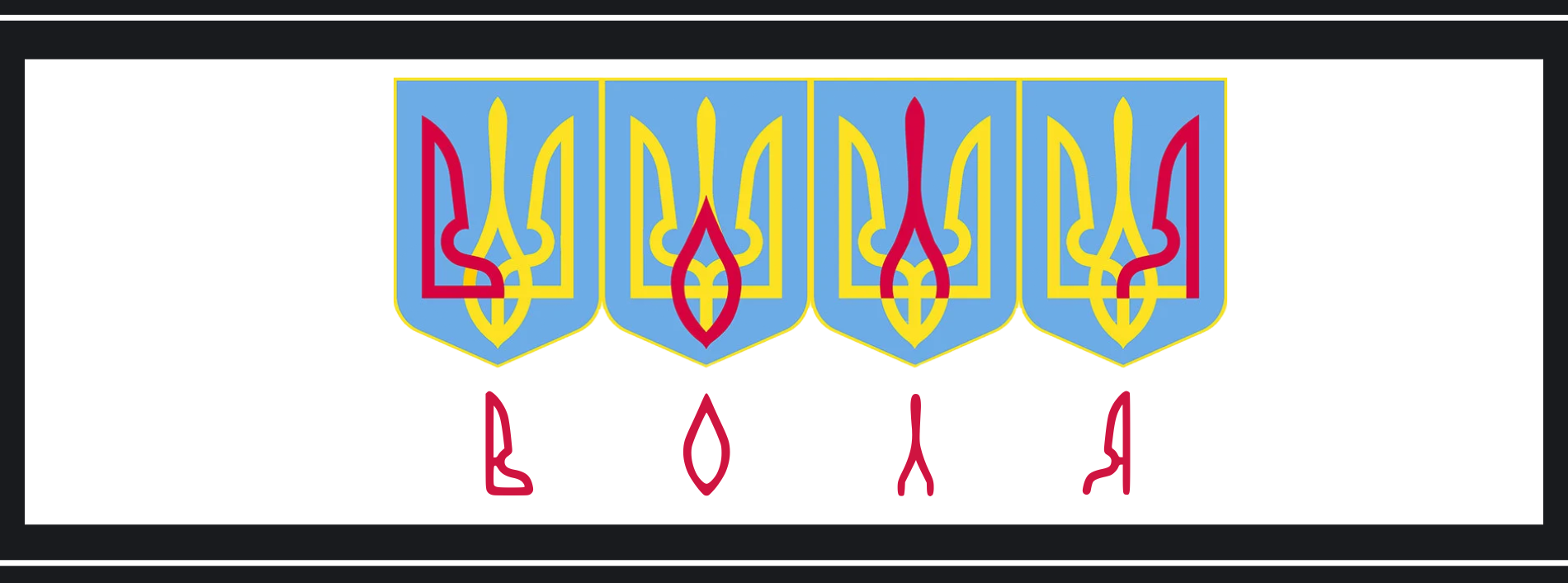

Usage
As the national coat of arms, the Tryzub can be found across Ukraine. You’ll probably recognise it from banknotes, coins, stamps, official documents such as passports, and some flags.
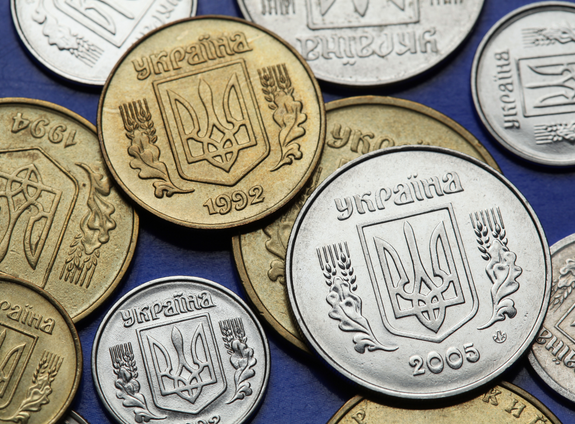
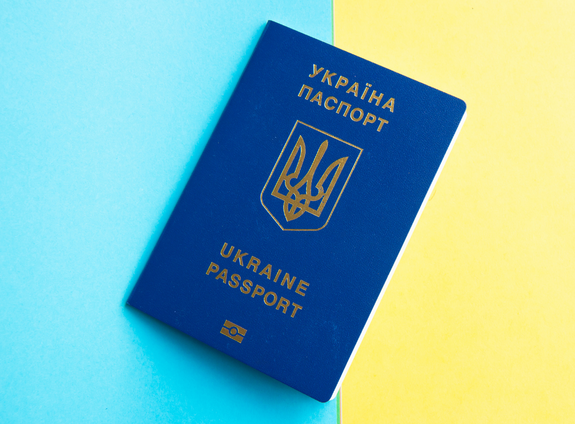

Day of the State Emblem of Ukraine
День Державного герба України
February 19th is the official Day of the State Emblem of Ukraine. It was on this day in 1992 that the Verkhovna Rada of Ukraine approved the State Coat as one of the three official symbols of Ukraine. The other two being the anthem and the constitution.

The Tryzub Today
Today, the Tryzub symbolises much more than just the Ukrainian coat of arms. It represents the connection of generations, and the desire and achievement of Ukrainian Independence. It unites Ukrainians all over the world, and symbolises the resilience, bravery, and invincibility of the Ukrainian people.
